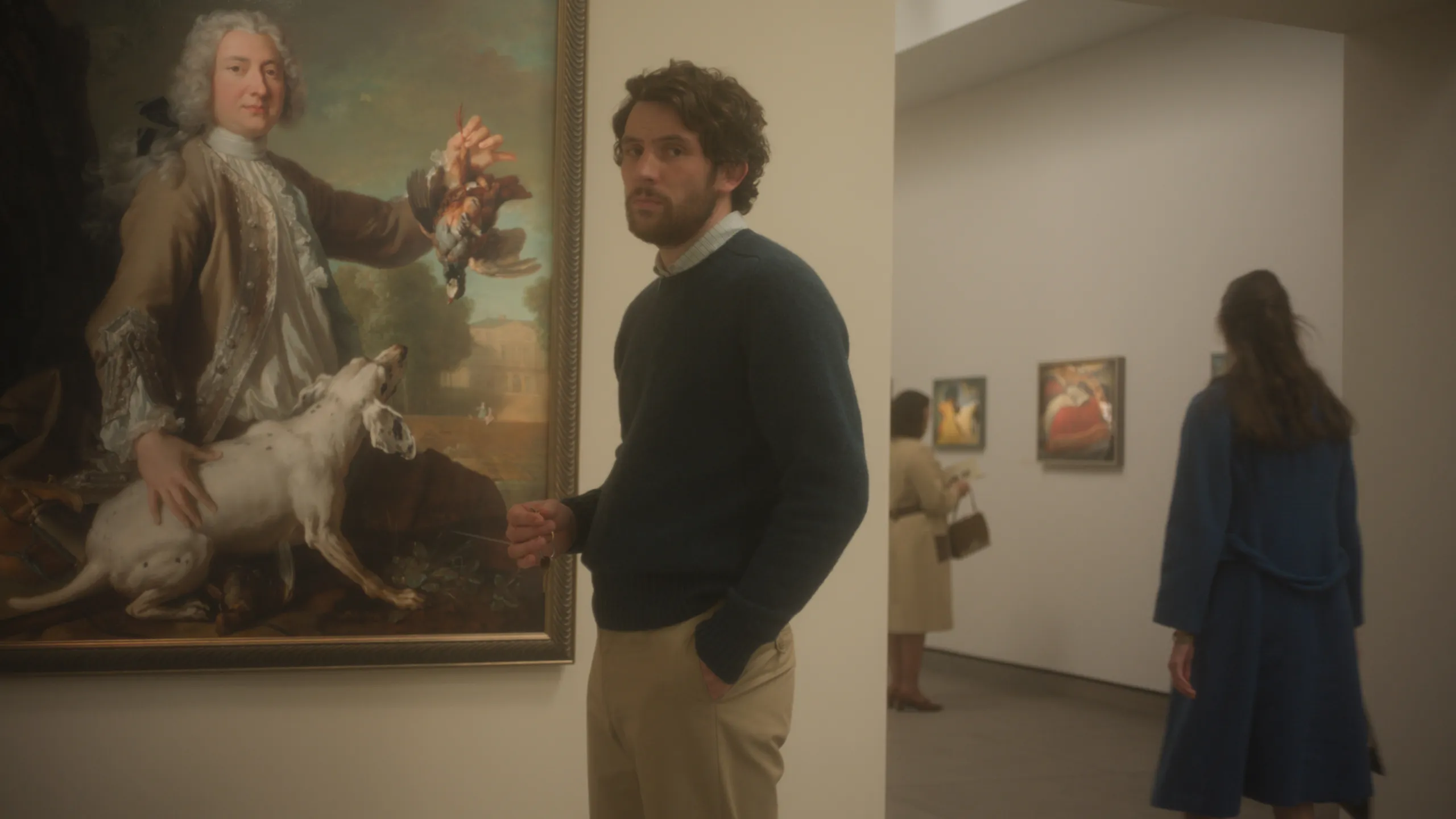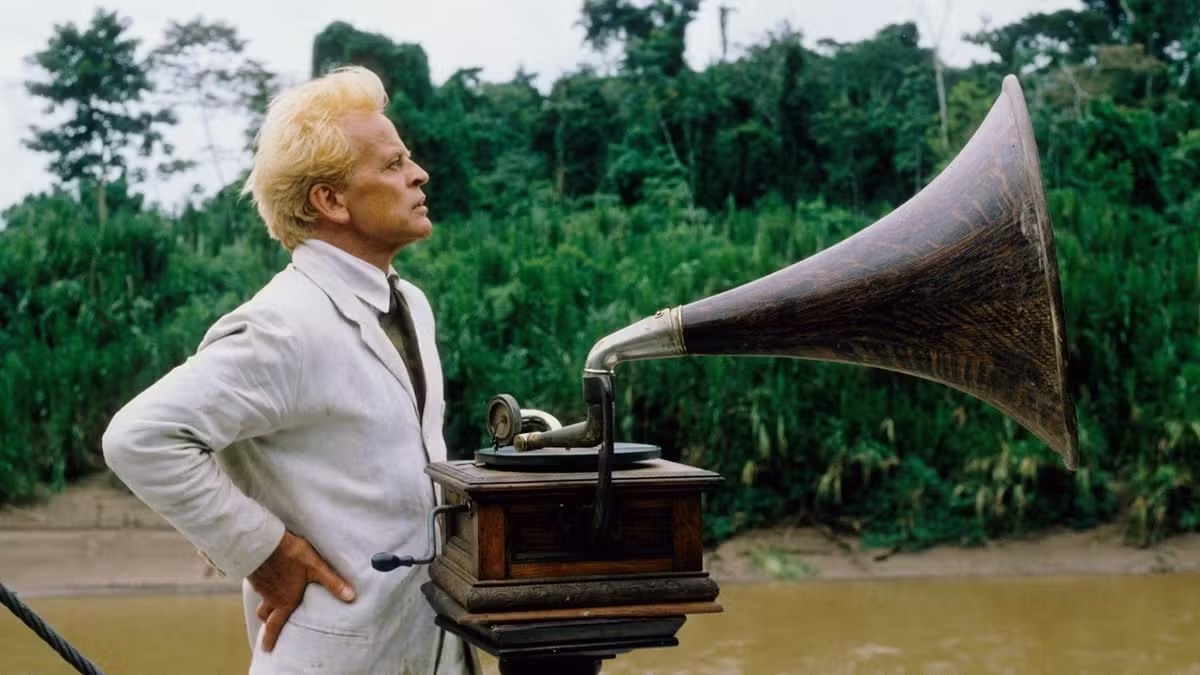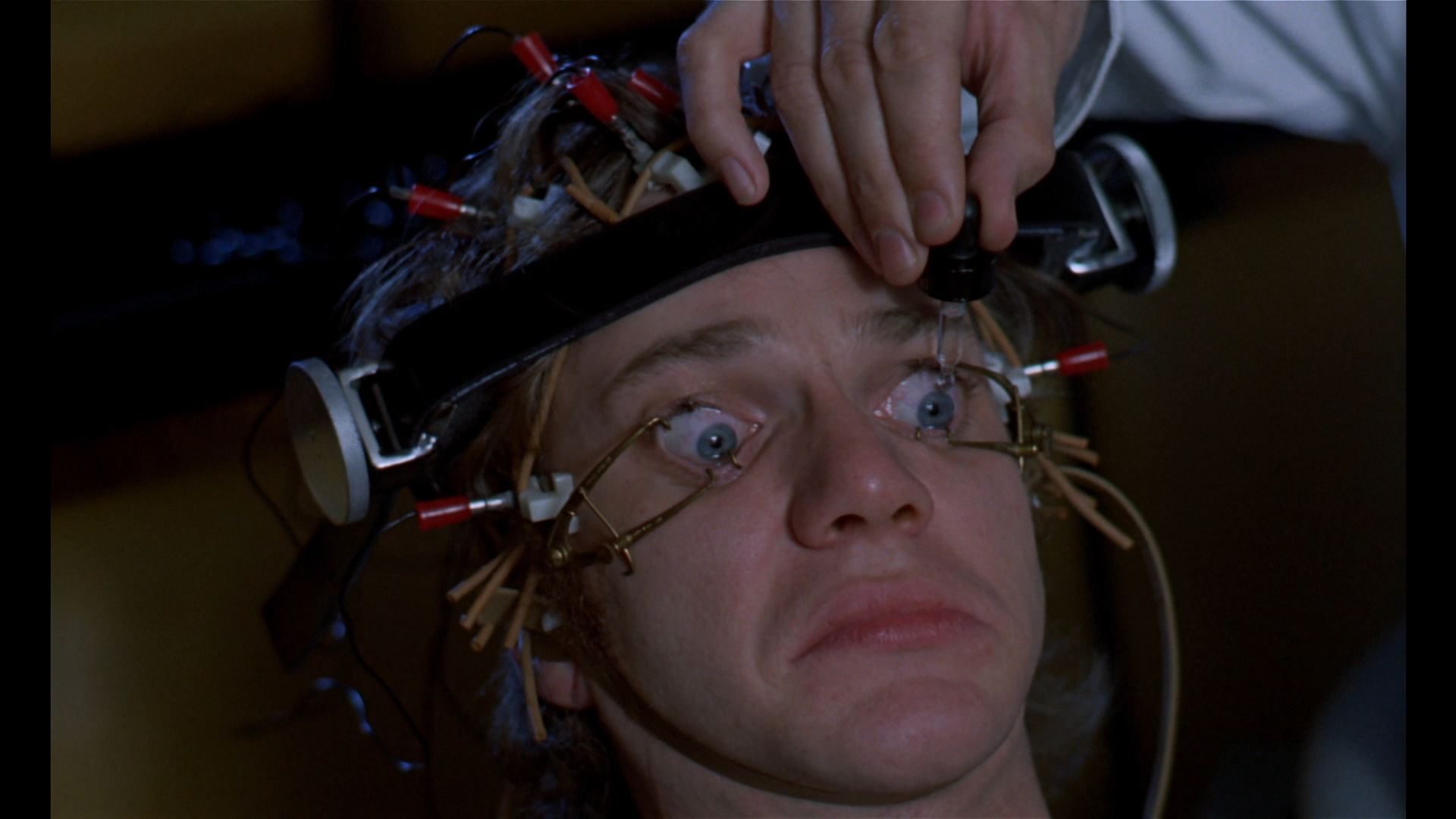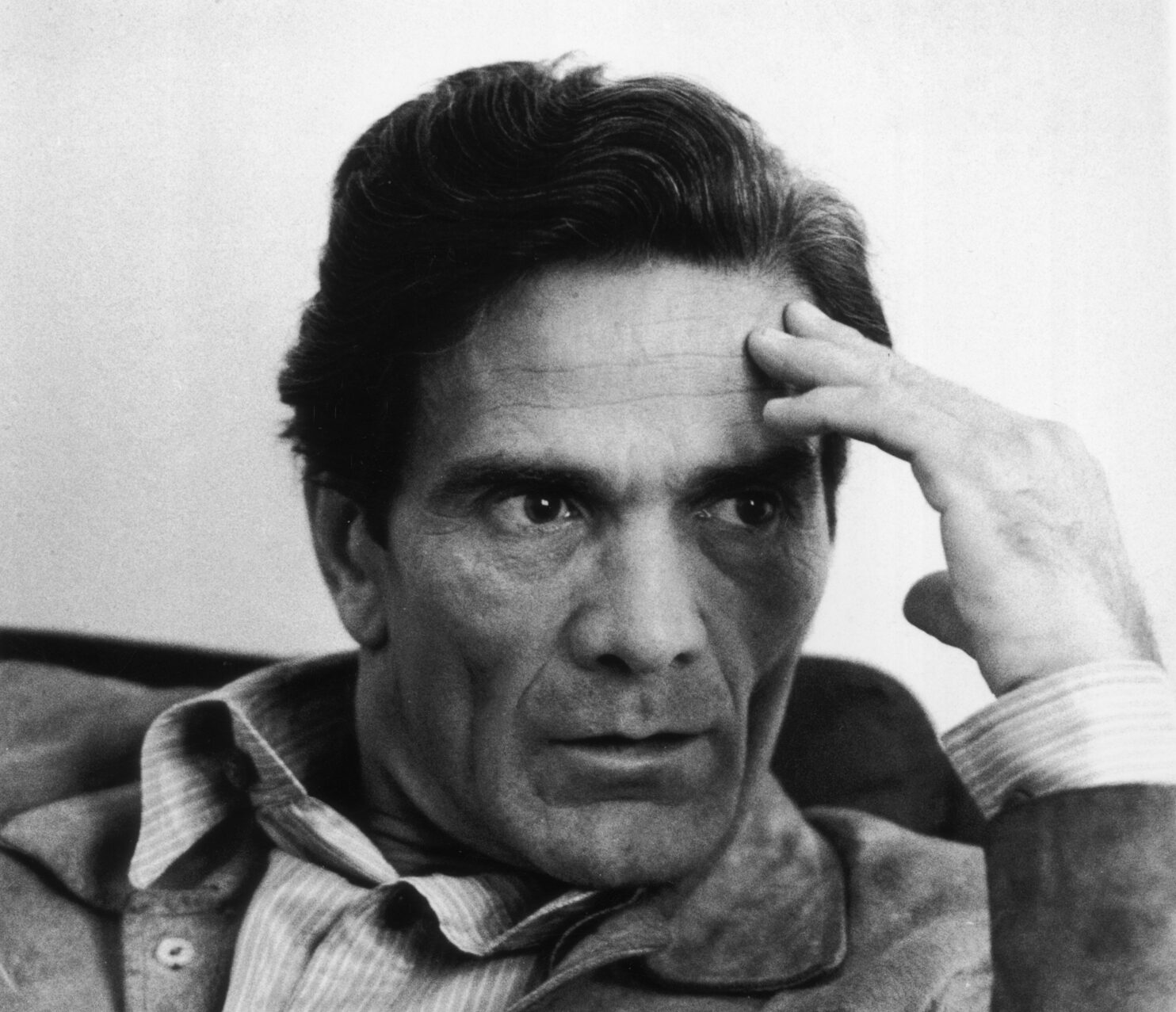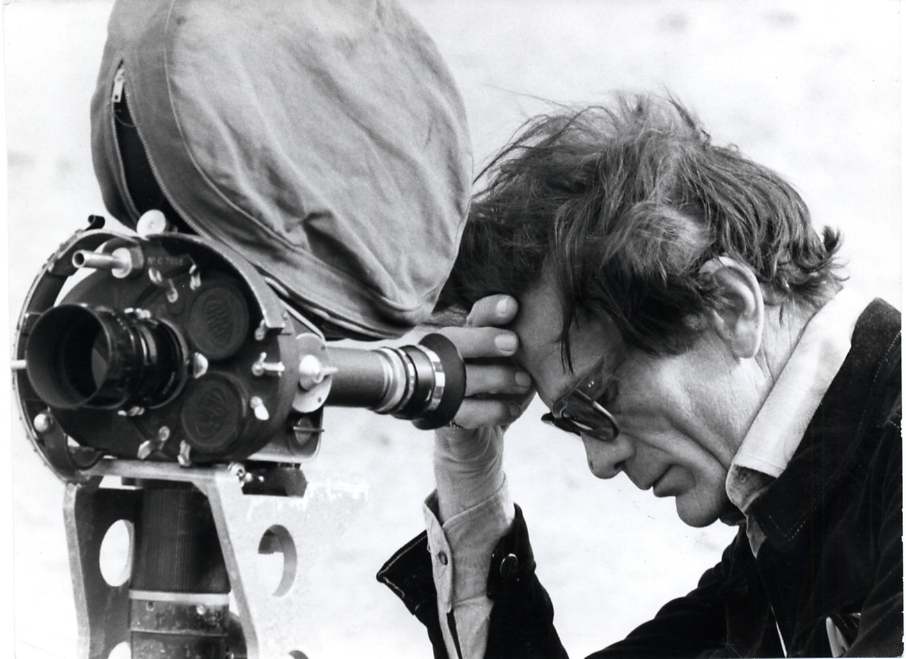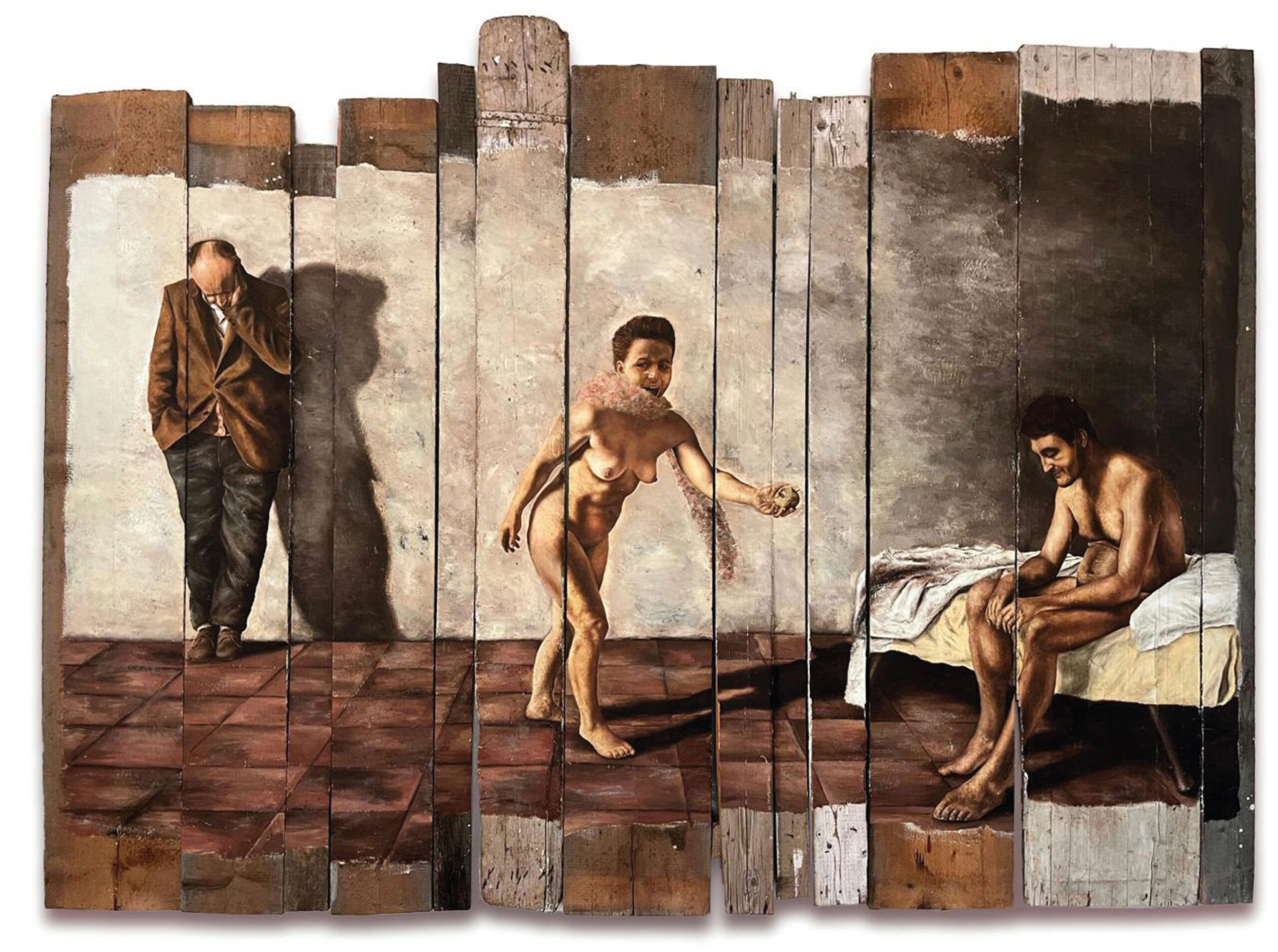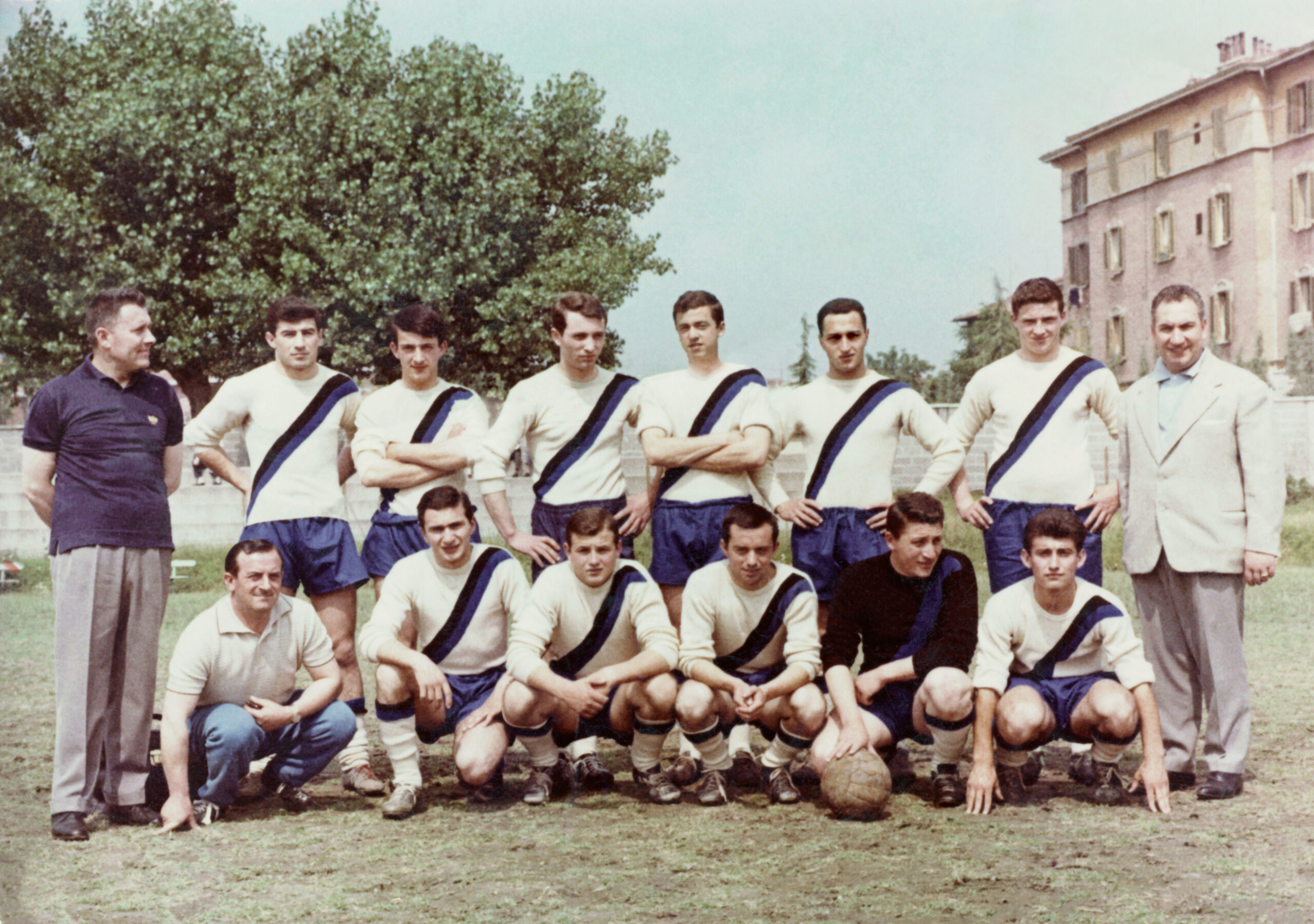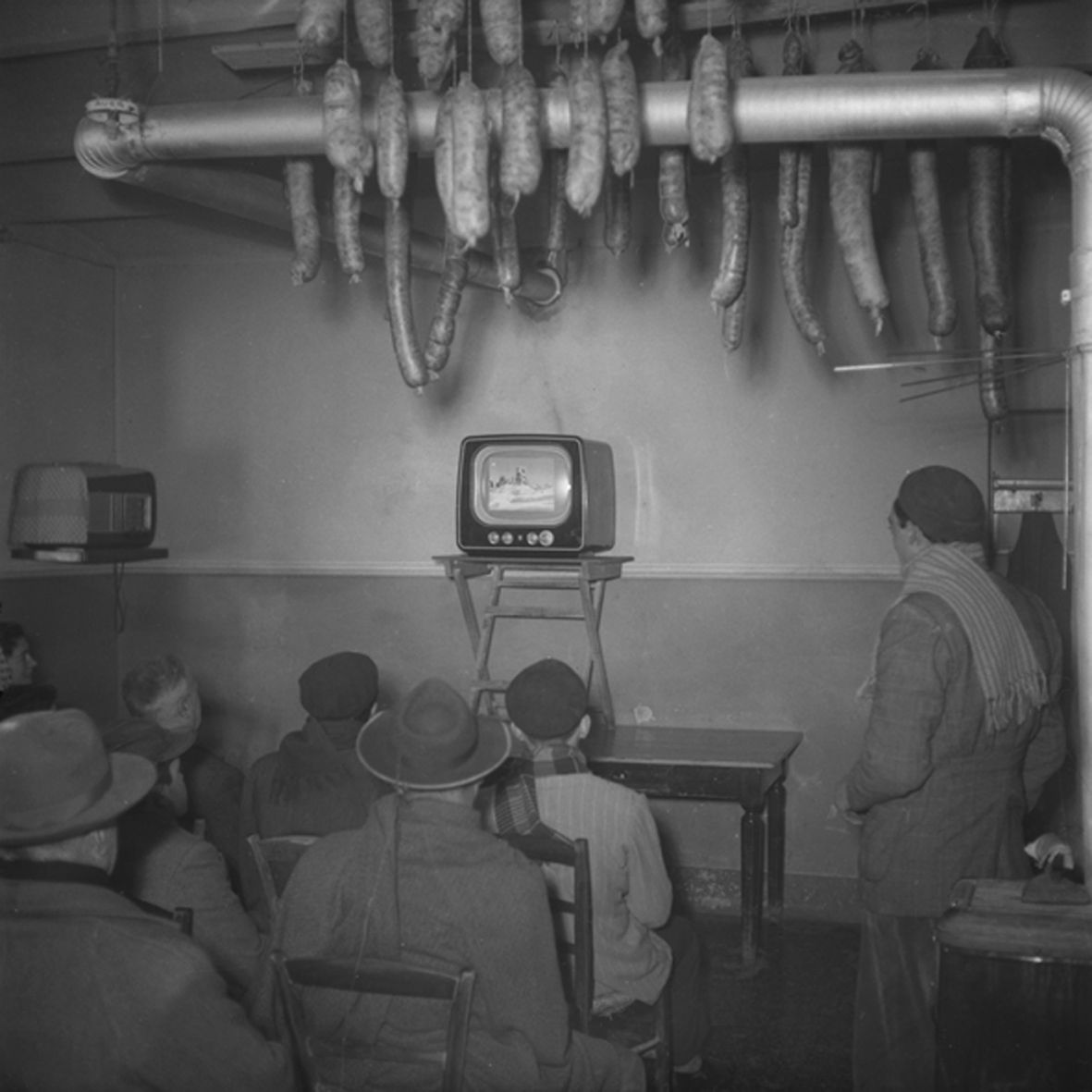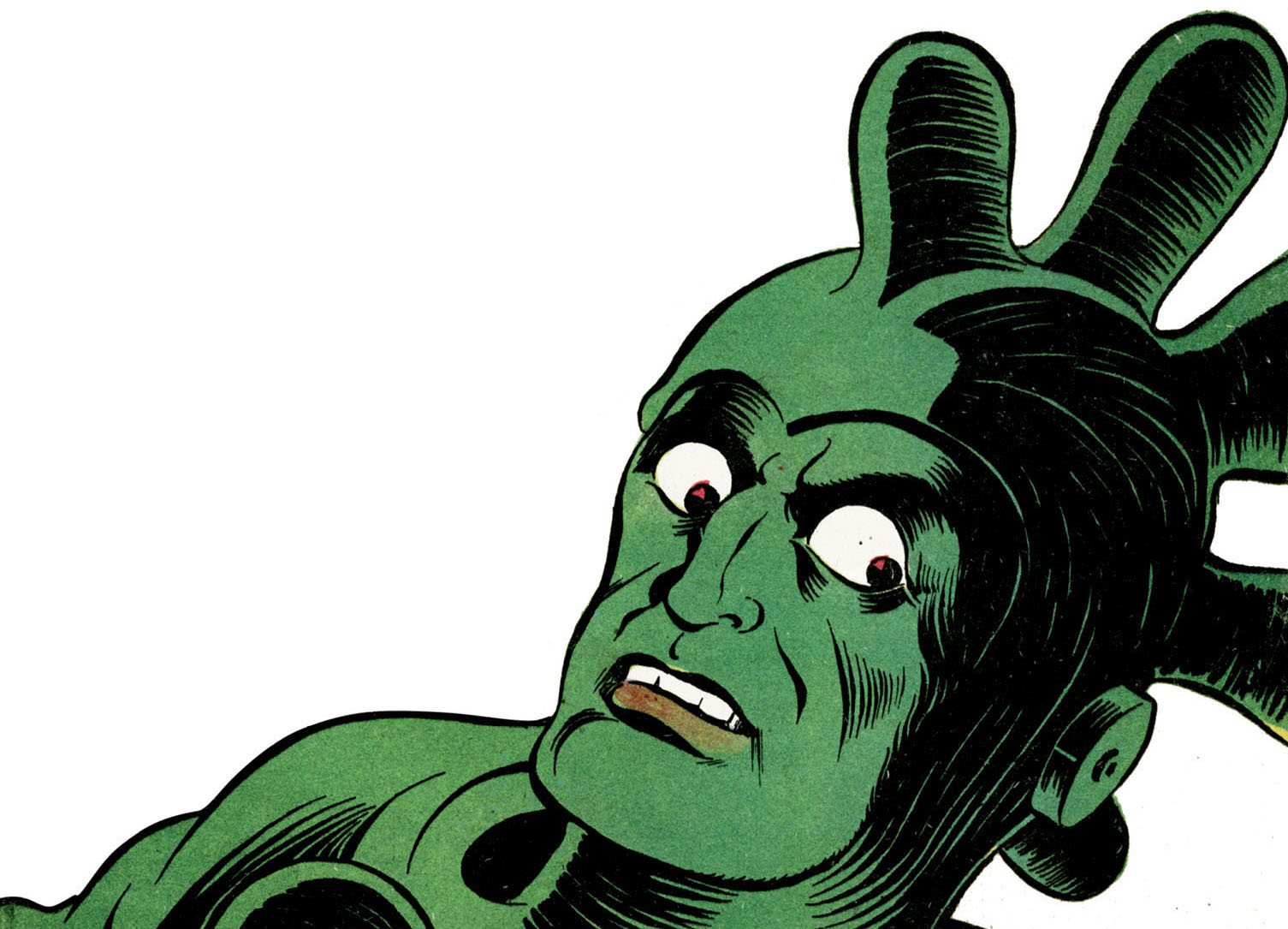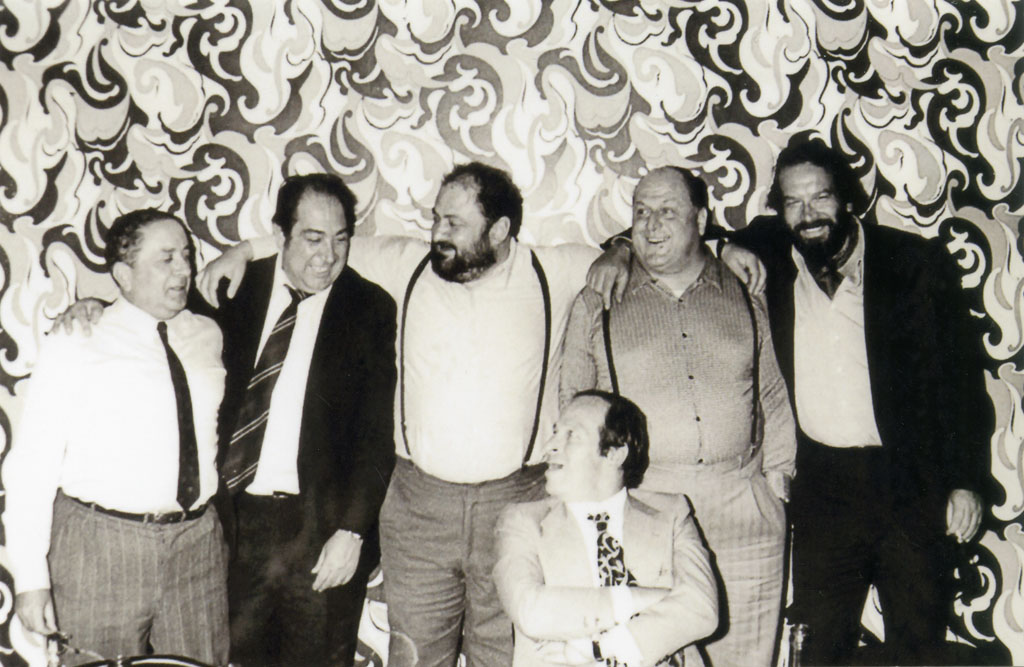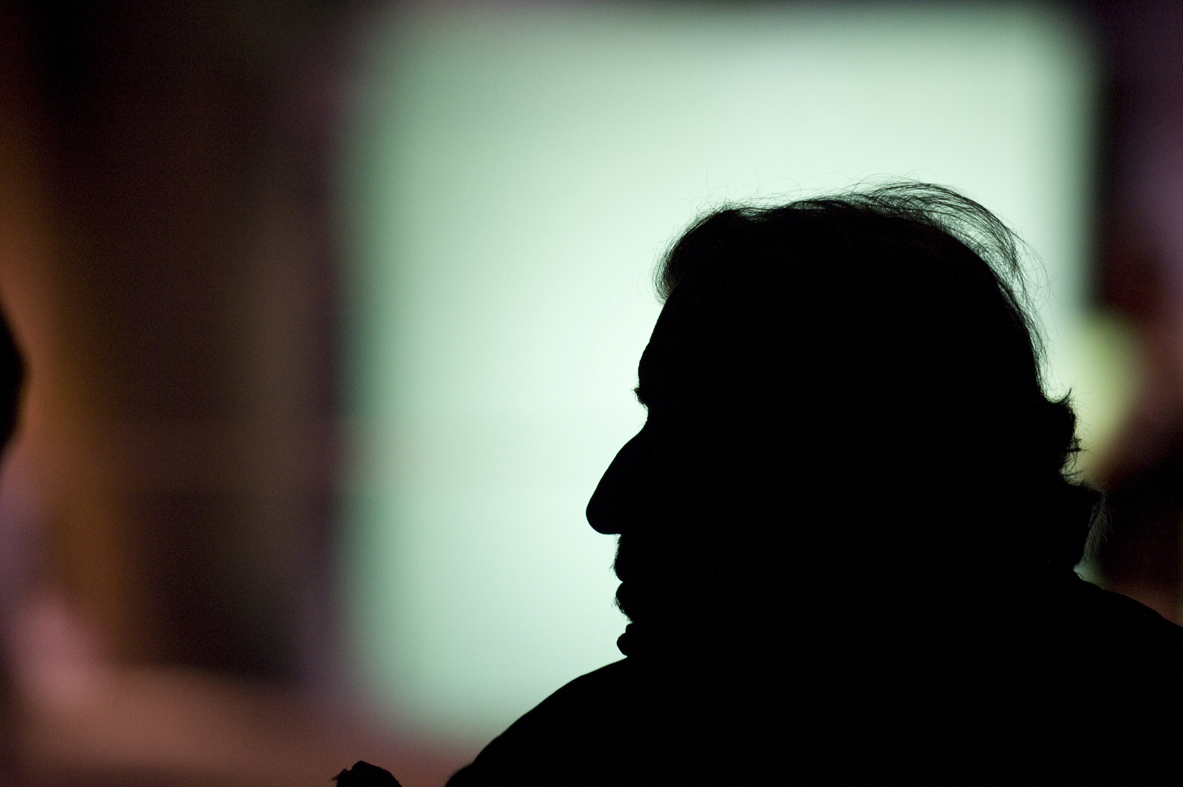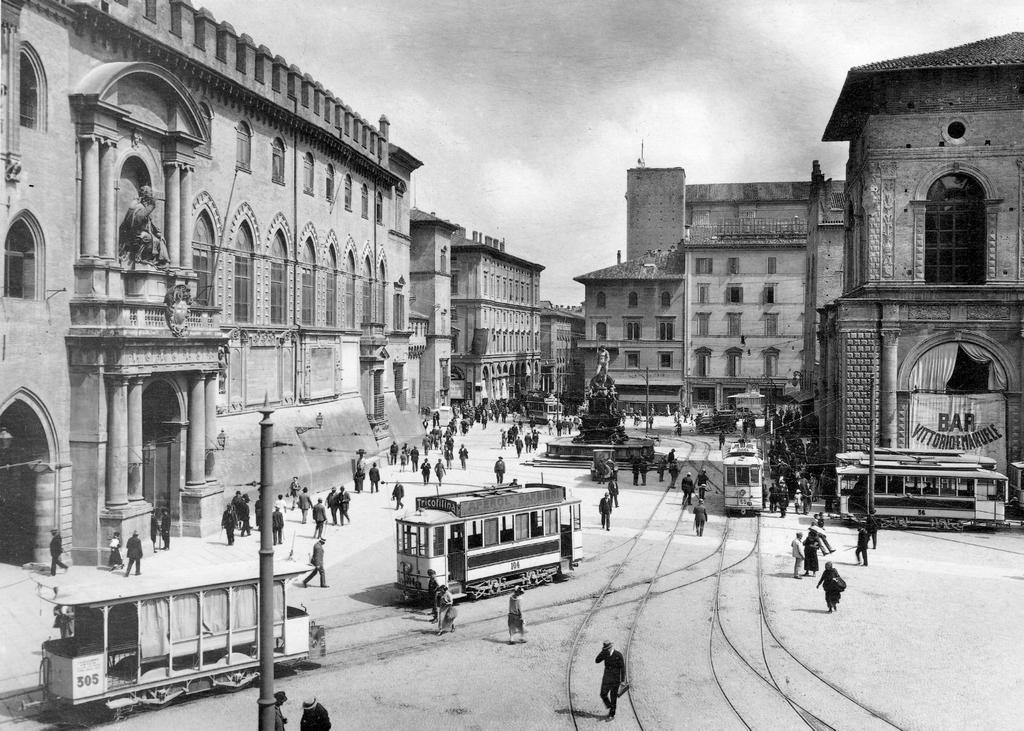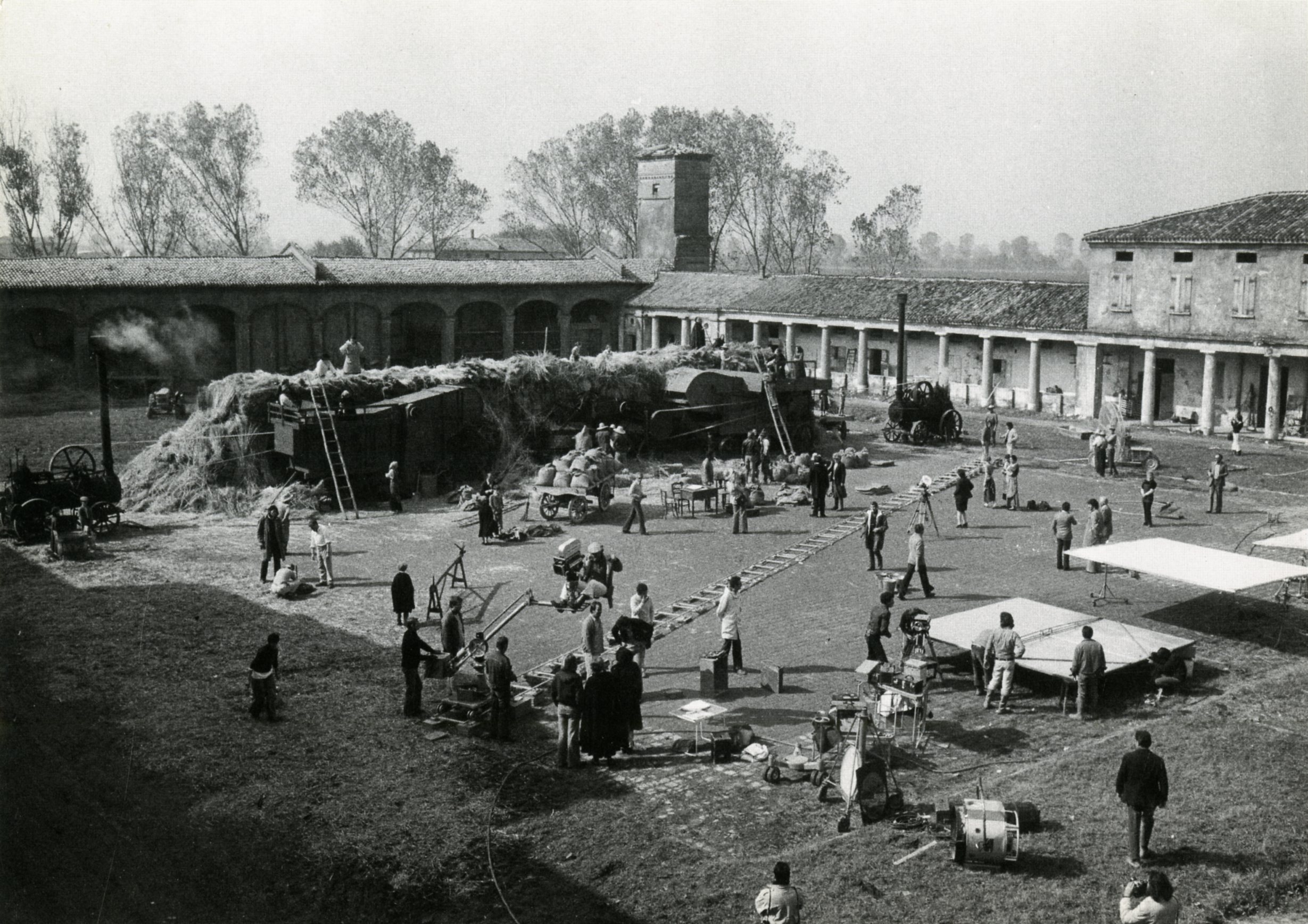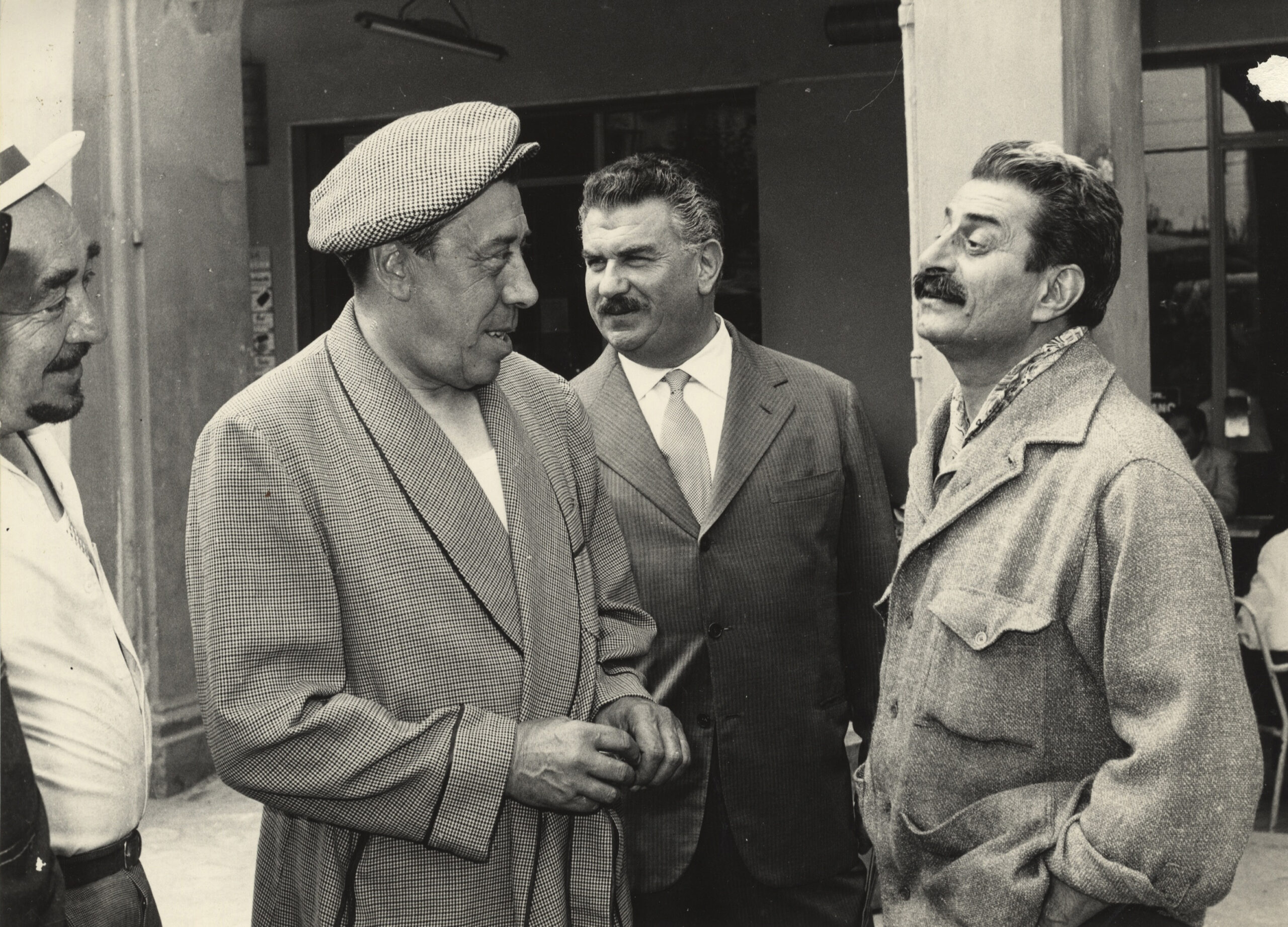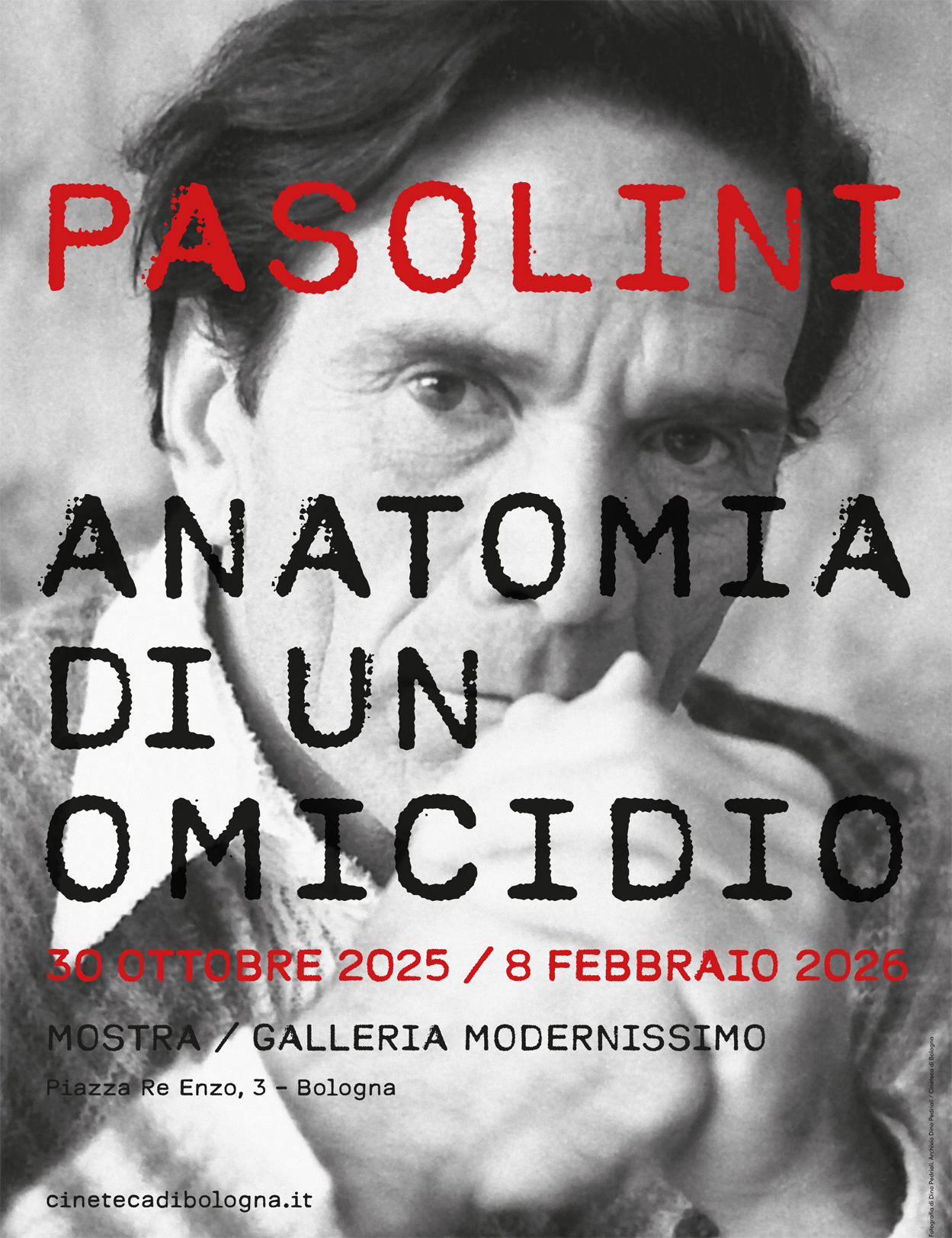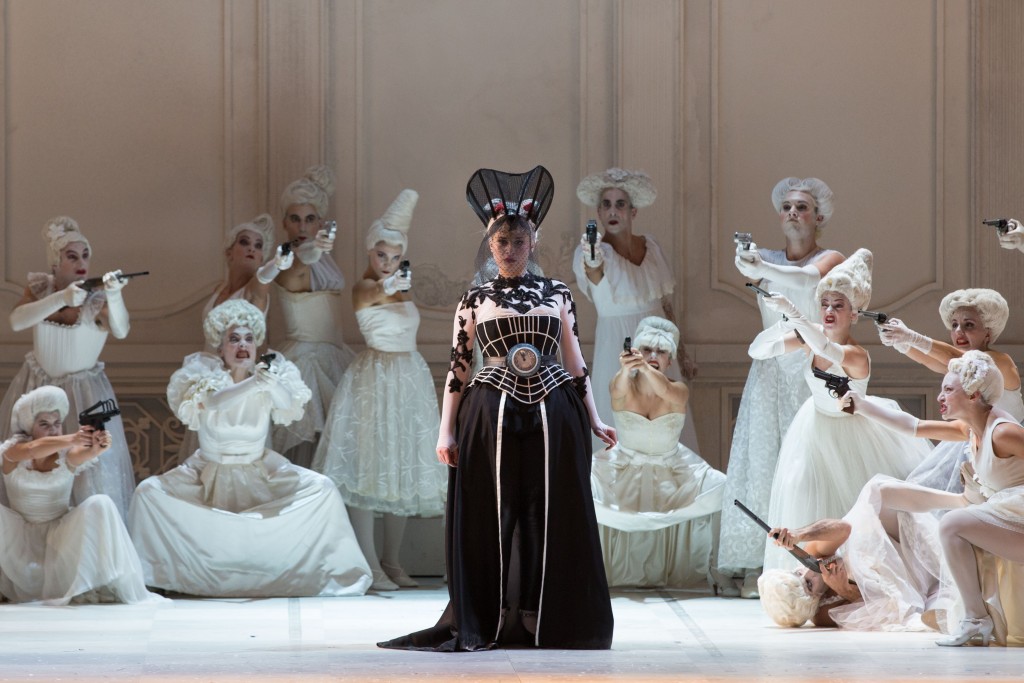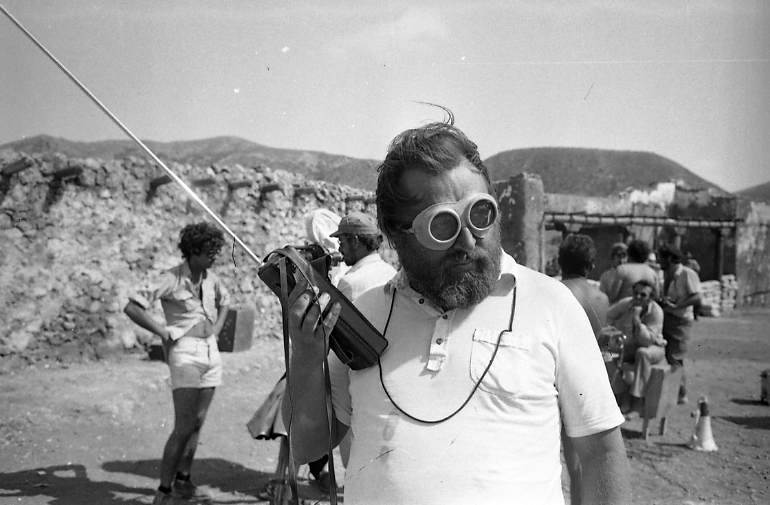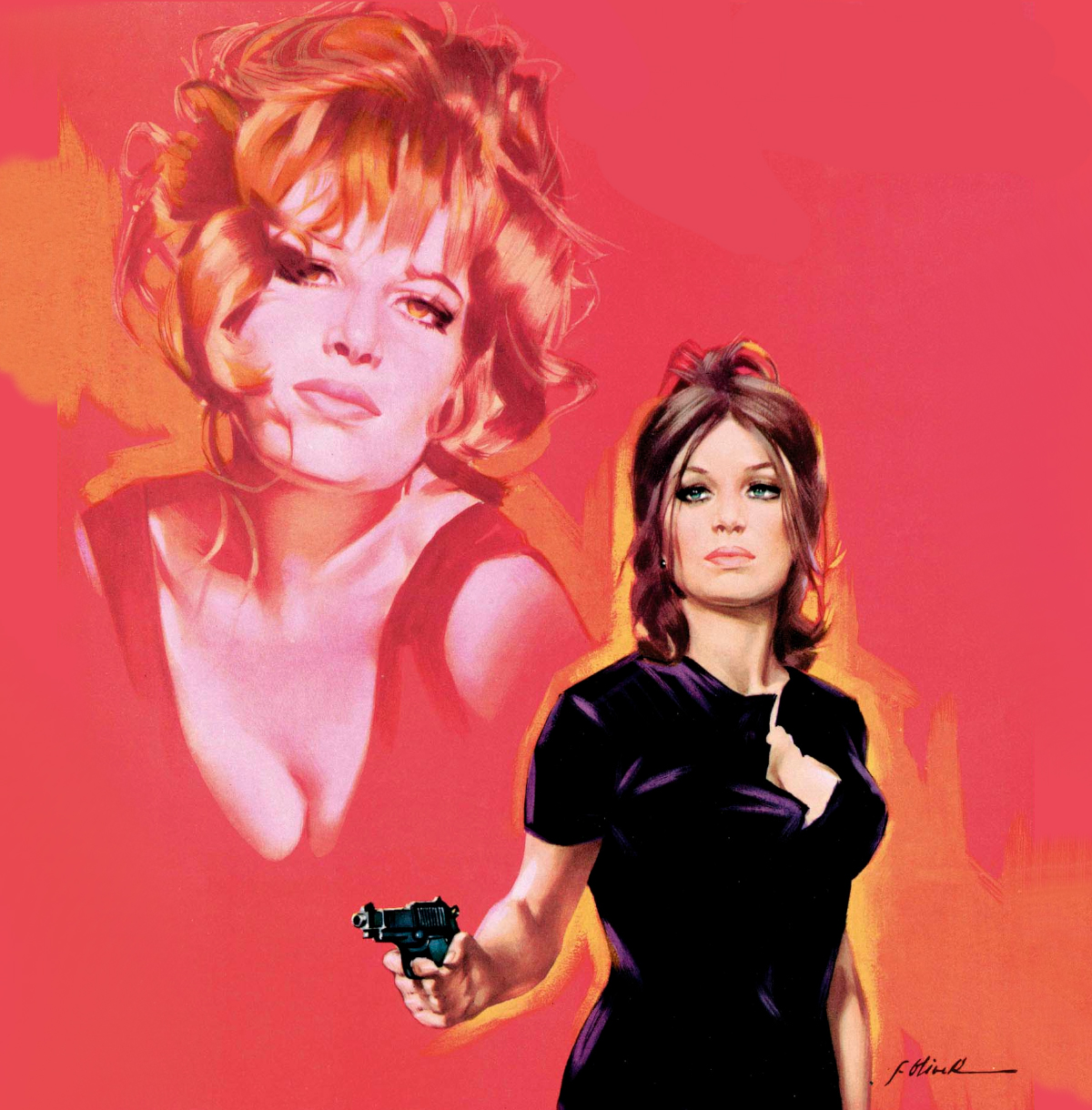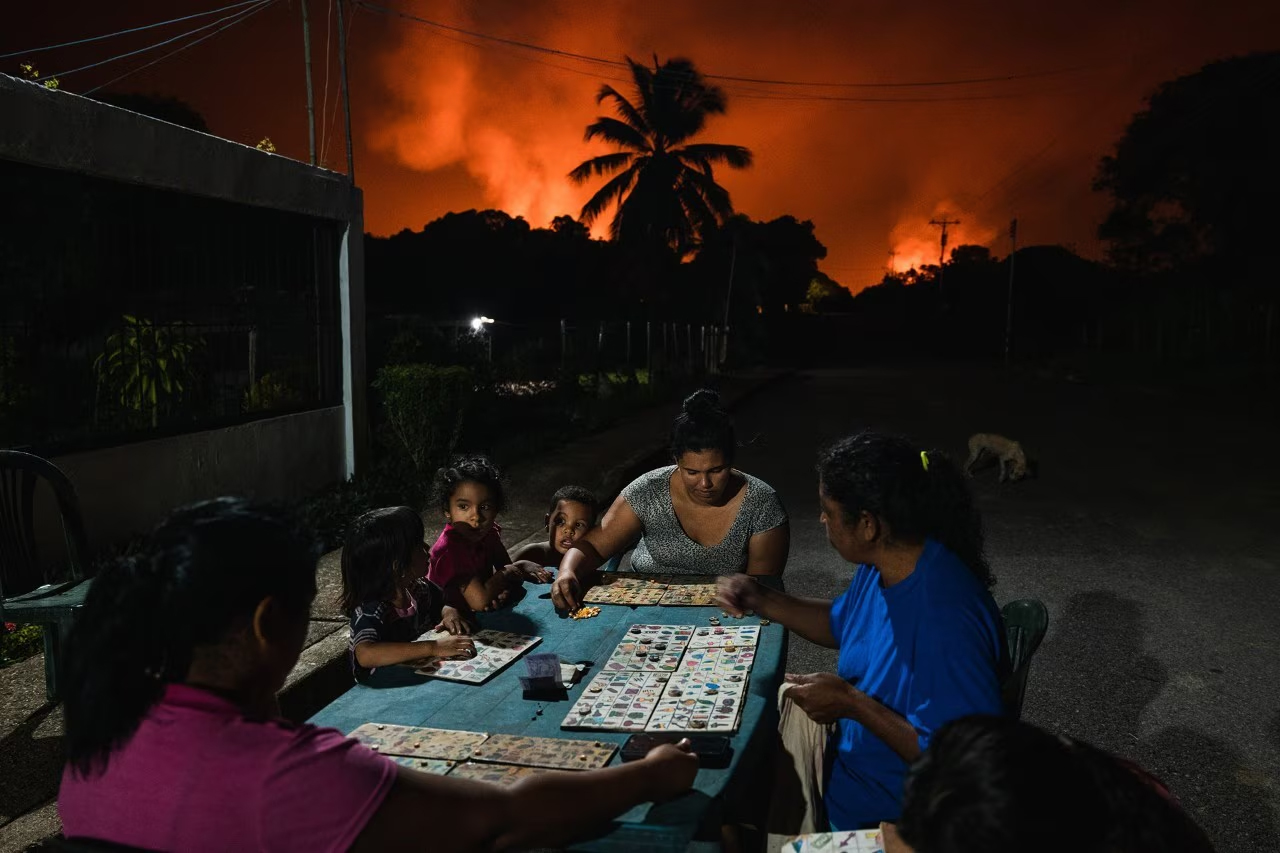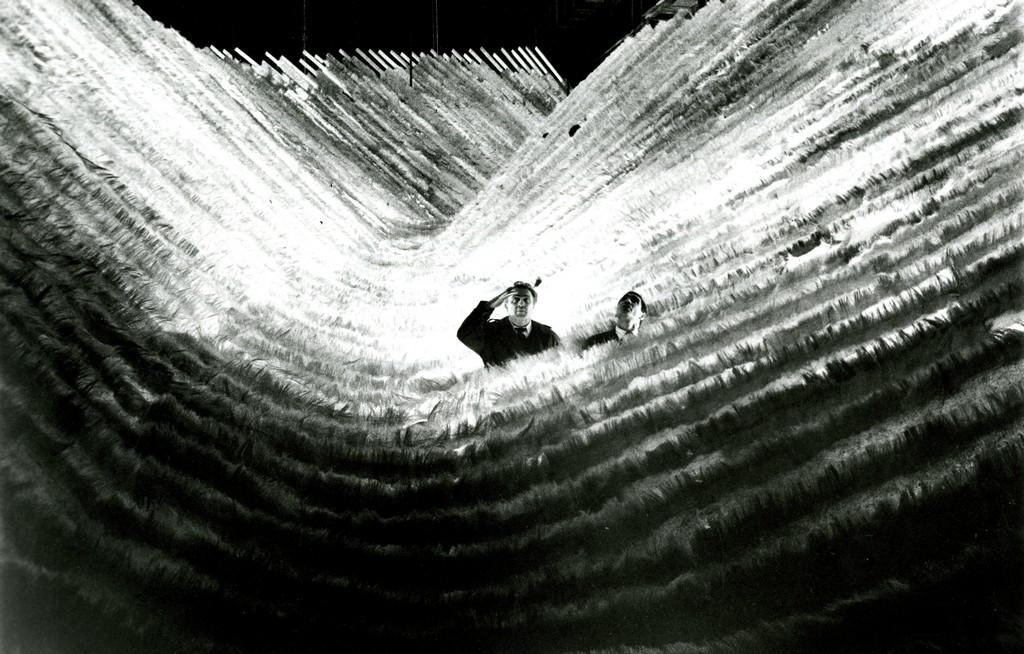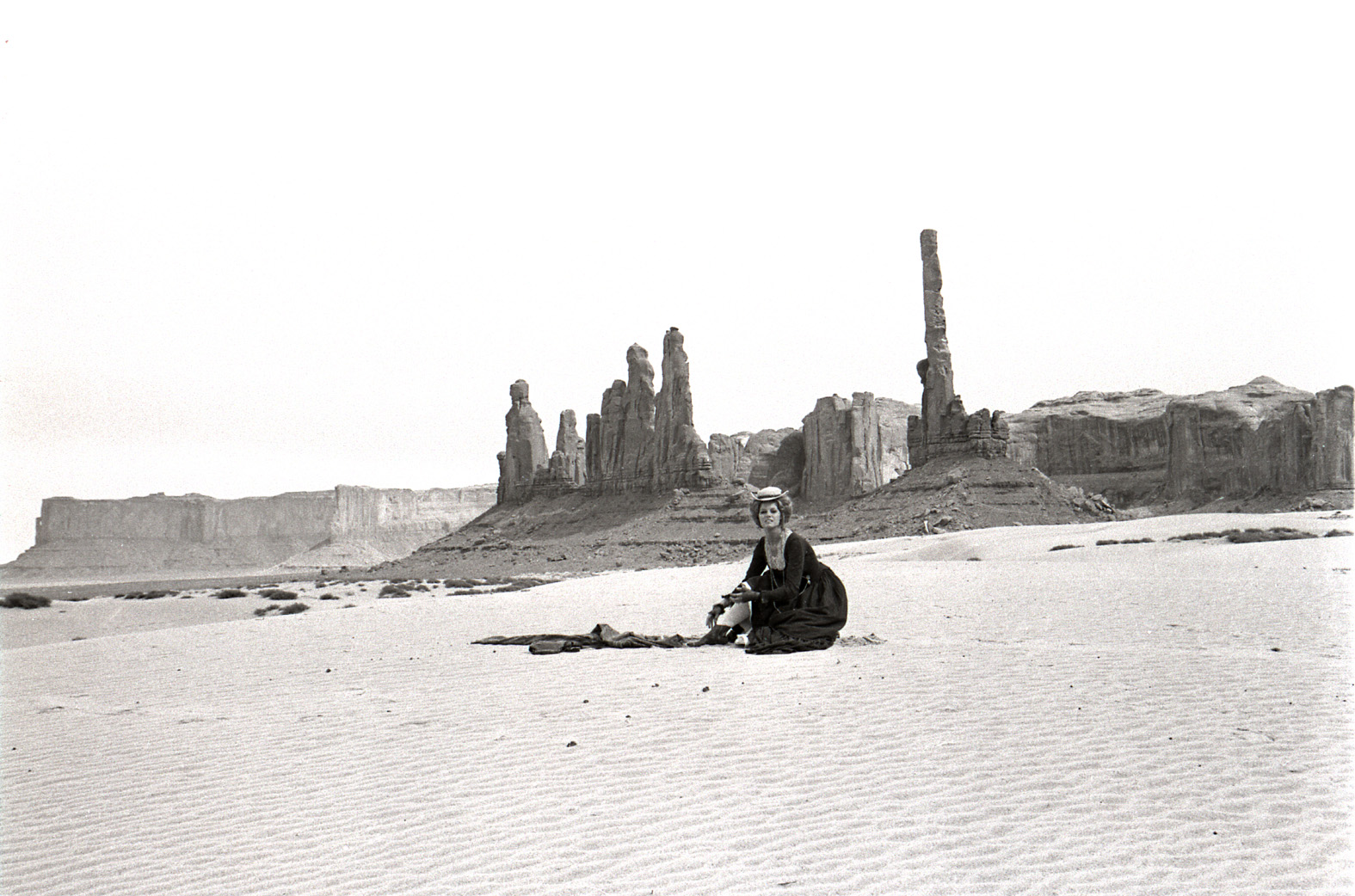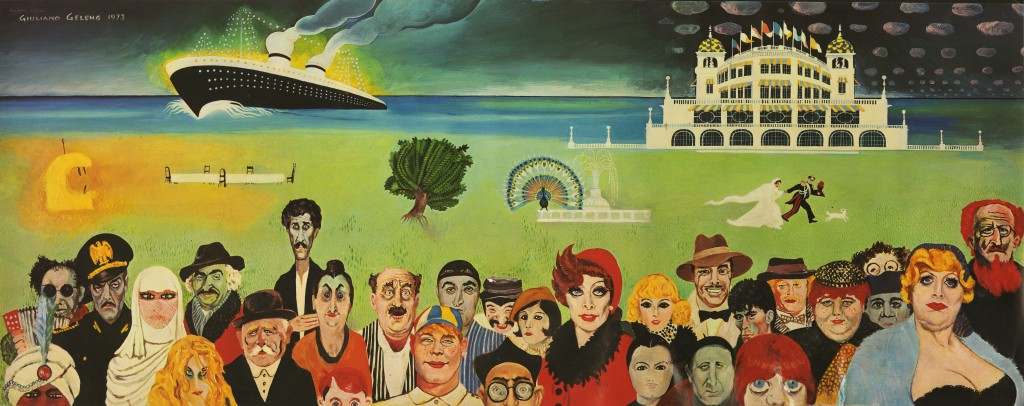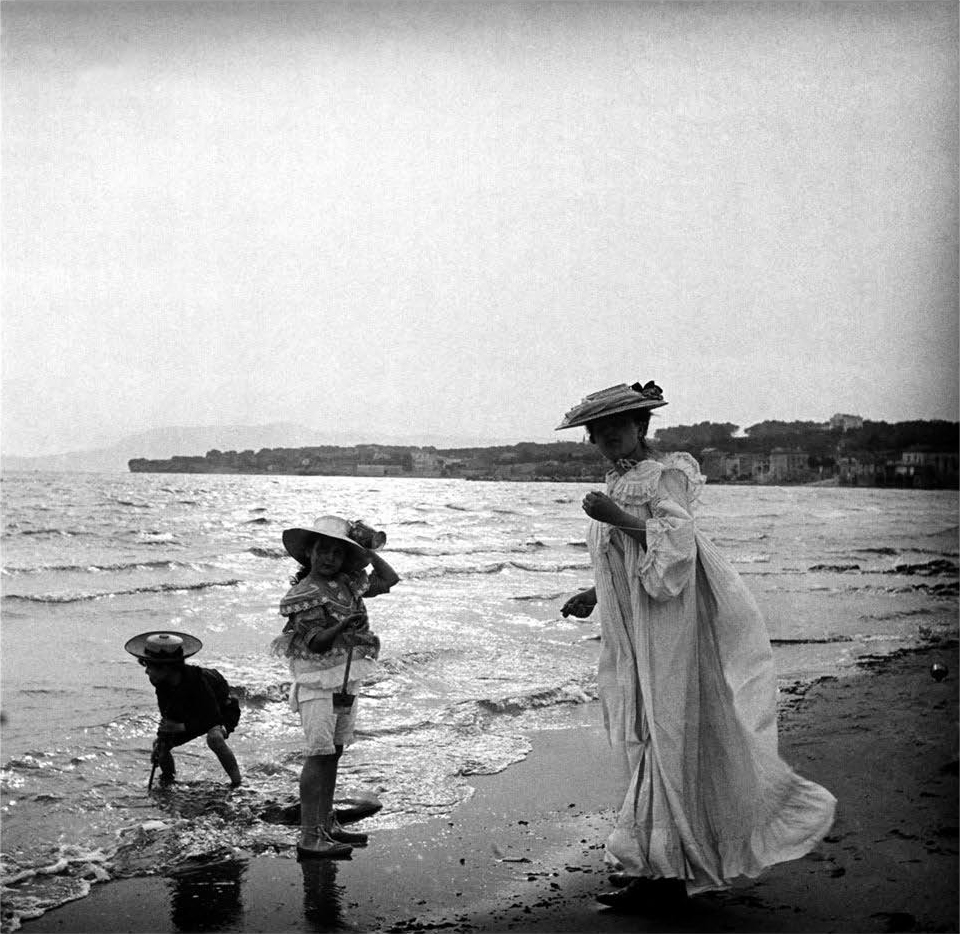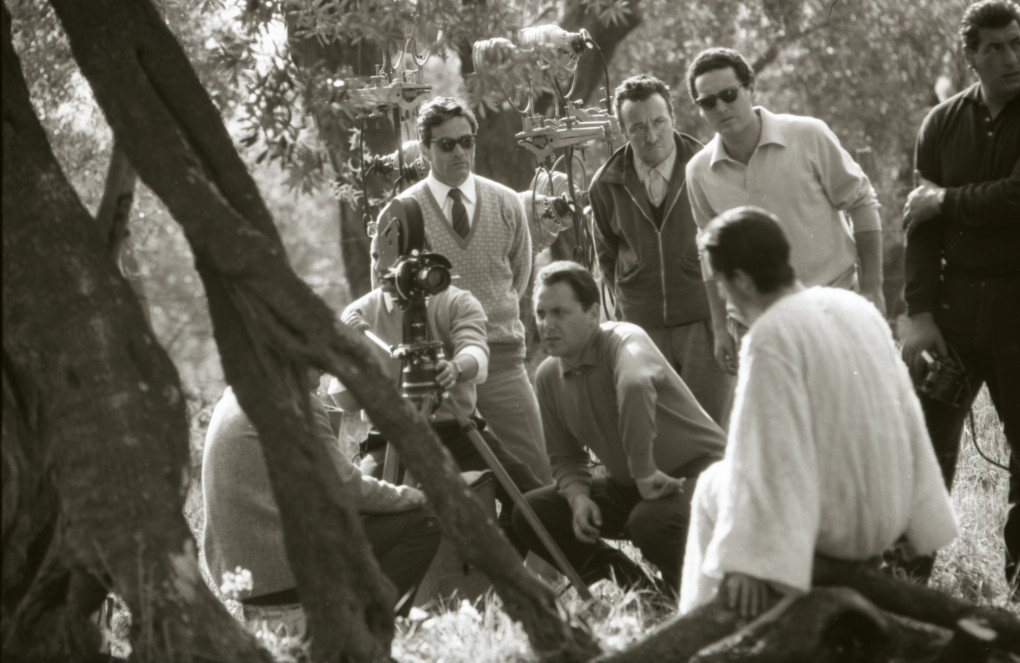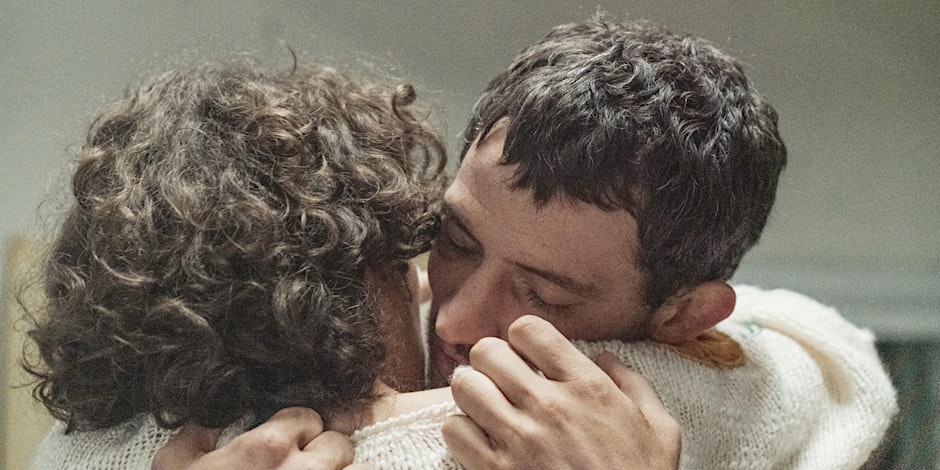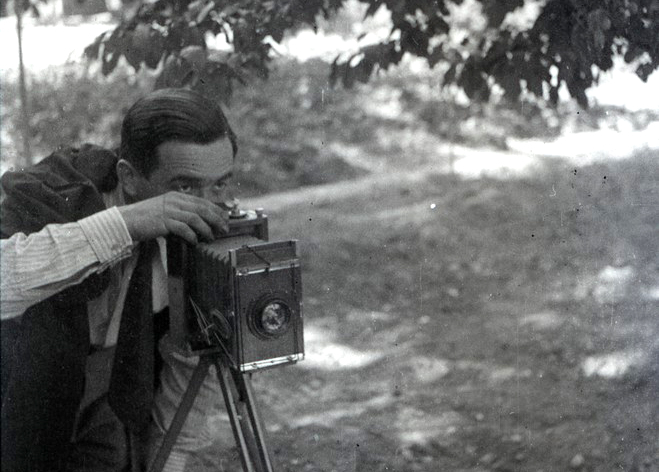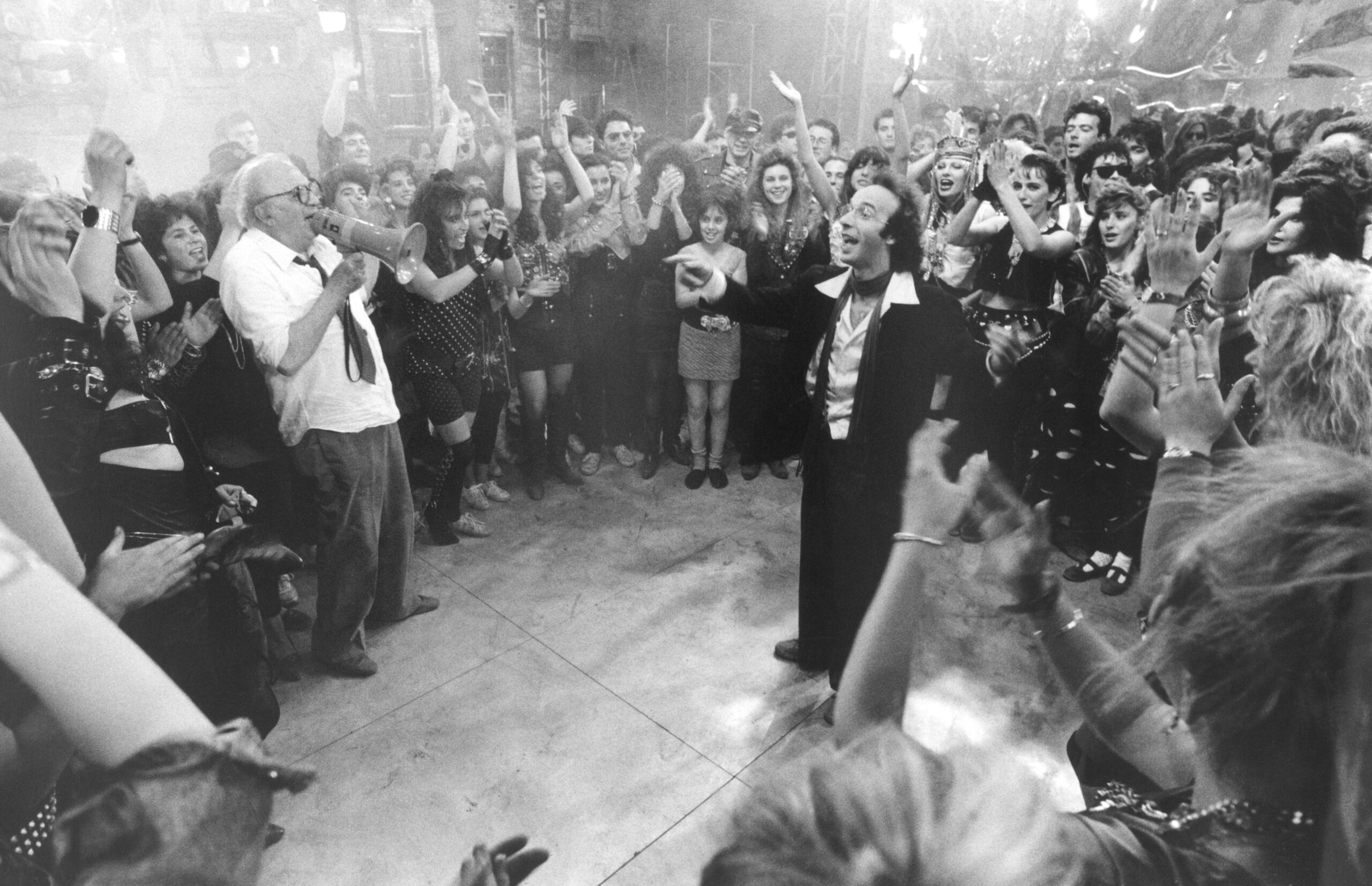On November 2, 1975, Pier Paolo Pasolini was murdered at the Idoroscalo of Ostia. The news immediately embraced the implausible theory provided by Pino Pelosi, legitimising a story that attributed moral responsibility for the writer’s murder to him. The title of his novel, Una vita violenta (A Violent Life), was used in an attempt to bury the memory of the artist who had always, better than anyone else, analysed the degradation of Italian society. In the decades that followed, however, Pasolini became a myth, he did not fall into oblivion, and indeed continued to inspire artists everywhere. Fifty years have passed, and while the truth regarding the crime itself has not yet been written, we can still learn a great deal about what Pasolini wrote, said, and did in the last month of his life. Through documents, newspapers, articles, notes, and events in which he participated, the exhibition reconstructs the chronology of the weeks leading up to the death of the poet-director. A break in Italian history that has never really been pieced back together.
